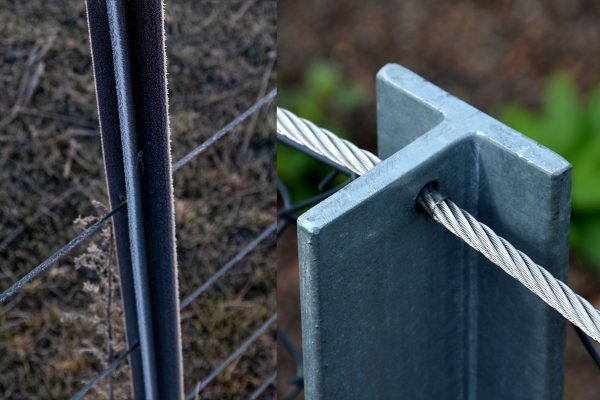Using a creosote fence can help you avoid the costly damages and rot from insects often associated with your regular wood. If you're thinking of getting one, you might be wondering how long it would last. We did comprehensive research to help you answer this question, and here's what we found.
Creosote fence posts last for 30-40 years. They are known for being repellant to fungi and insects hence why they last that long. The life of the creosote fence post can last even longer with proper maintenance.
Keep reading for a more comprehensive breakdown of the lifespan of creosote fence. We will also discuss how to make your creosote fence posts and the cost associated.

What is A Creosote Fence Post?
A wood fence is typically used to provide privacy, security, and a great focal point for your property. But wooden fences have always faced problems associated with decay by pests like termites and fungi, especially in humid areas that seriously degrade the wood.
Therefore, top-quality creosote fence posts and pressure-treated fencing are so important. Creosote is made from the distillation of tar to keep it free from various household insects such as termites.
Wood being attacked by pests of this nature tend not to last a durable period. Therefore, creosote is usually applied to wood fencing to extend its lifespan. Creosote fence post is not only durable, but it gives a natural-looking aesthetic to your yard.

How Long Does Creosote Fence Post Last?
A creosote fence post can last a minimum of 30 years. However, there are various kinds of treatment used on treated wood which is a factor that determines its durability. If the fence post is treated for insect control, the chances are that it may not last long.
But when the fence post is treated for ground contact, the lifespan increases. The durability of the creosote fence post is best determined by its purpose. Untreated wood can only last for about 20 years, but a fence post treated adequately with creosote can last up to a 100 years.
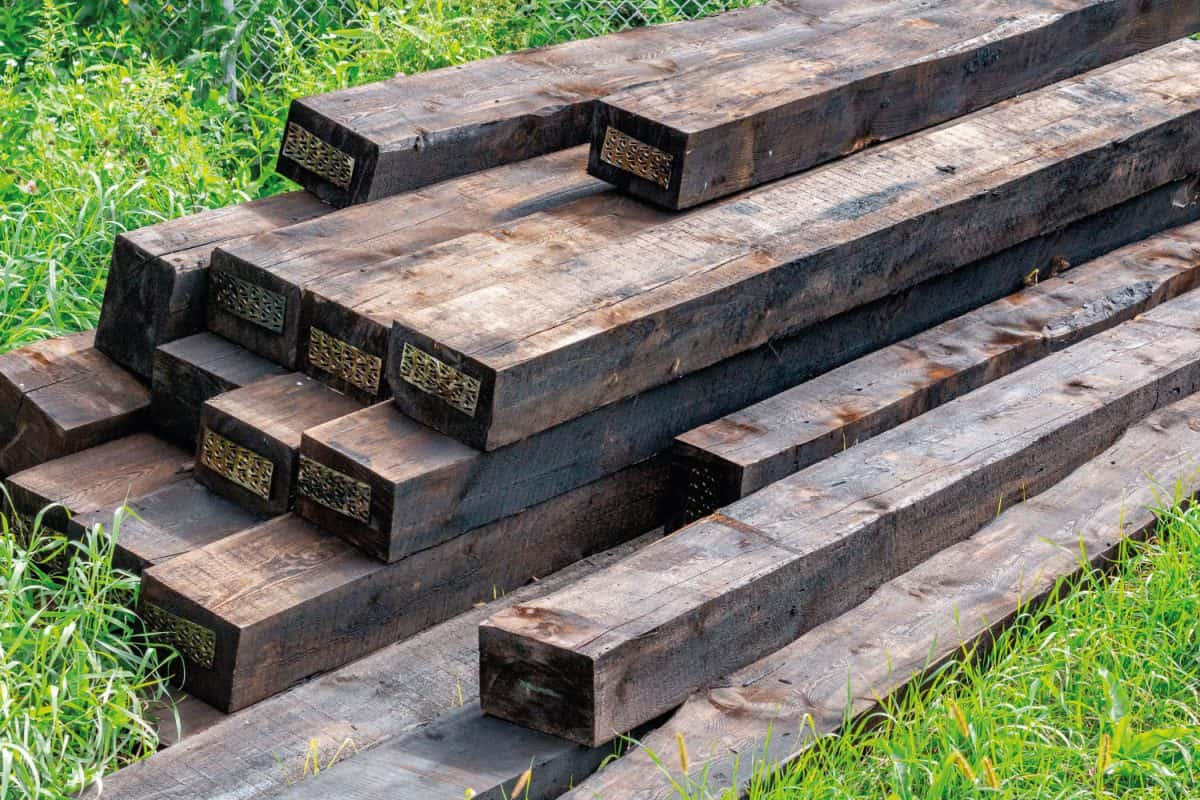
How Do You Make Creosote Fence Post?
Because the chemical is driven deep into the wood using heat and pressure, pressure treatment with coal-tar creosote produces the greatest results. Most creosote posts are dipped or immersed in creosote oil, while others are treated with various creosote chemical compounds.
Below is a simplified method for making creosote fence posts.
Apply a coat of creosote to the bottom of the fence posts, including all ends. Allow creosote to saturate the brush to keep it wet thoroughly.
- Rub the creosote coating to all sides of the fence, rolling the fence posts as required.
- Saturate each fence post to the point of at least 15 to 20 centimeters (6- 8 inches) above the initial ground level.
- Allow the creosote applied on the wood to soak for at least 30 minutes, then apply an additional coating to each fence post. The bigger the creosote saturation, the more protected the wood will be.
How Much Does A Creosote Fence Cost?
Although the cost of the creosoting material used is dependent on the type of product, a normal cost of creosote-treated wood is calculated to be approximately $14 per cubic foot. You should also add the cost for installation (including labor, equipment, etc.), which totals approximately $77 per cubic foot.
Is Creosote Good For Fencing Post?
For the quality method of preserving wood fences, coal-tar creosote is widely sought after. When timber fence posts are pressure treated with coal tar, giving the best results as the product is forced into the wood by applying heat and pressure.
Creosote is generally known as a predominant method of preserving wood/timber fence posts, and there can last strongly after decades of being in the ground. Also, creosote is the product used to preserve telegraph poles, which can have a 50 years of productive life before being recycled to produce pole barns and gate posts.
Not all creosote are made the same. The purpose for which they serve best determines its appropriate application. Pressure maintenance with coal-tar creosote gives the best results as the item is forced deep into the timber using great heat and pressure.
Creosote is a good pick for fencing posts as it keeps insects and harmful fungus out of the post.
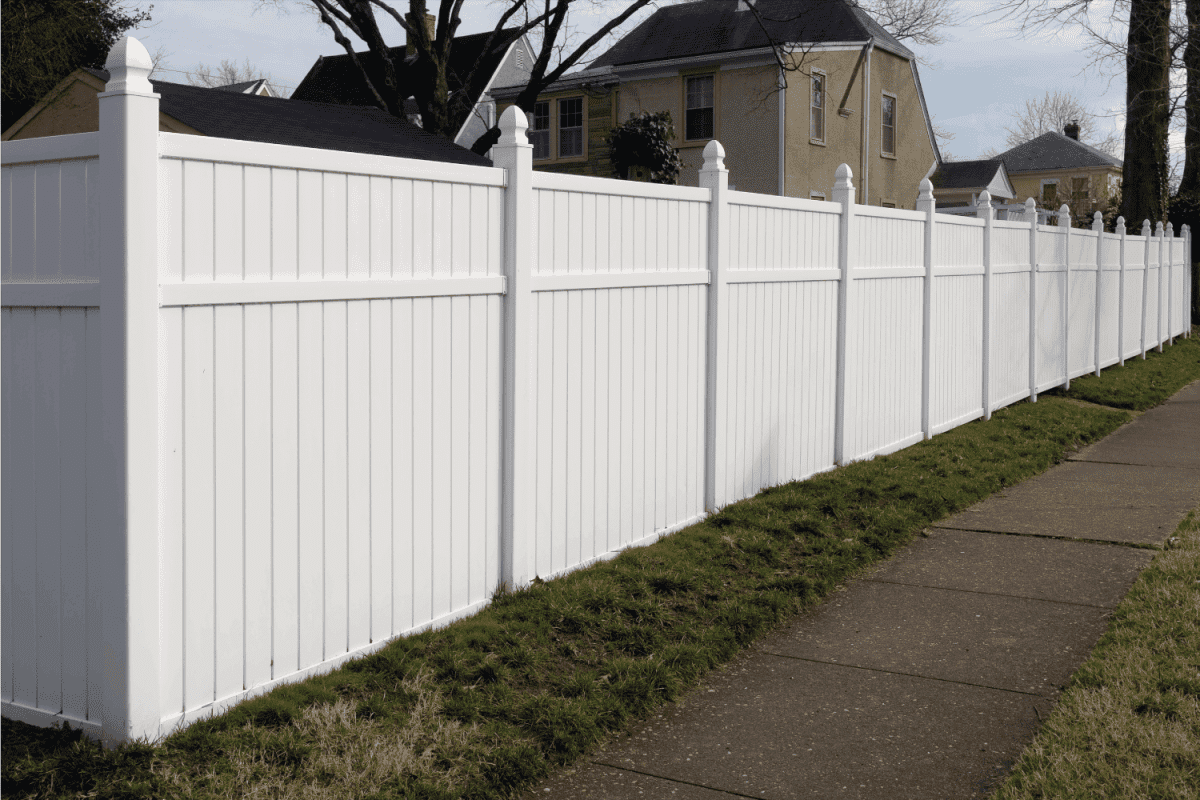
What Is The Longest Lasting Fence Post?
With the numerous fence posts used on farms and different places, it may seem difficult to select the best. You may want to compare these different types of fence posts based on different features and characteristics.
The most popular choices are wooden, chain link, vinyl, aluminum, steel, and wrought iron fencing. Amongst the listed type of fencing, vinyl fencing has proven to be the longest-lasting fence post.
With wide acceptance, vinyl fencing is highly preferred among others as an option that can withstand the most extreme conditions. This is because they are fireproof, weatherproof, and highly resistant to termites.
It is therefore highly durable, with maximum privacy. Vinyl fencing also requires little or no maintenance, and stains can easily be removed by the simple application of clean soap and water. It comes with modern styles that can be tailored to suit your home instead of the traditional timber fence.
Vinyl fence posts can last up to about 30 or more years, requiring less maintenance. Unlike other wood that may fold, rot, or deteriorate after a while.
What Is The Strongest Wood For a Fence?
Wood is frequently used for fencing over vinyl or aluminum for its aesthetic value. But there are different kinds of woods. The strongest wood for your fence will depend on the qualities you want, such as rot tolerance, appearance, longevity, and your budget.
A strong wood fence can be a lifetime investment in your home. Cedar is considered the strongest wood for fencing. It is a fantastic choice for fences as it has natural oils that repel insects. Cedar is a mid-priced alternative and can be suited to a tight budget.
It also has a longer life span than some other wood species because of its resistance to rot. Applying a finish, such as painting or wood stain, to cedar prevents it from going grey and extends its life further.
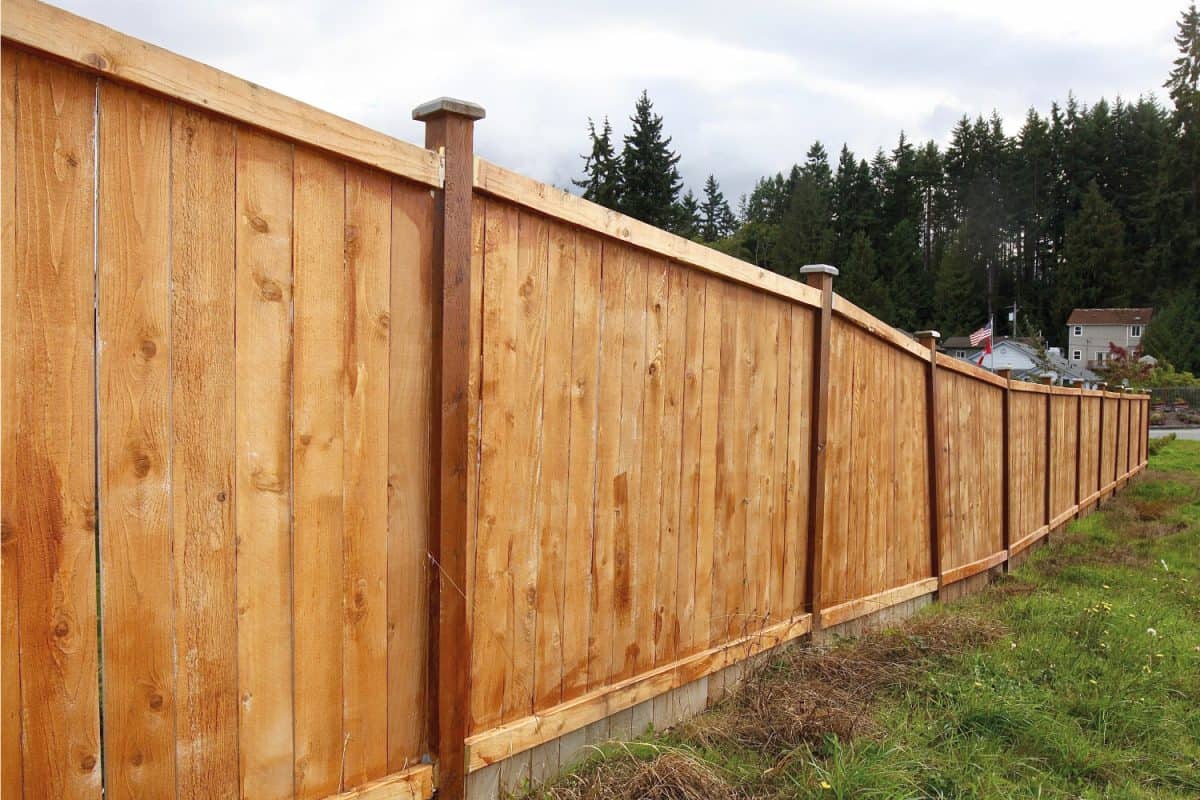
Staining Cedar
Although some individuals advise that cedar be painted with acrylic, most woodworkers prefer to stain it since the inherent beauty of the wood is best retained this way.
To stain cedar efficiently, the first thing to do is to wash and then sand the wood to moderately roughen the surface so that the wooden stain and sealant cling securely to the wood's surface.
Apply a stain specifically for cedar wood, comprising oils and resins that penetrate deep into the wood’s grains. Apply numerous thin coats of stain through the wood grains using protective suits and a sponge or paintbrush. Apply the stain with a sponge in circular motions, gradually increasing the tone to intensify the stain.
When sealing cedar is used, it provides extra protection to the cedar wood by resisting humidity while also preventing solar rays from changing the color of the wood. To do this, paint the sealant across the entire wood and allow it to dry. Apply a large amount of sealant to the final two layers and let them dry.
Should You Set Fence Posts In Concrete?
A common question frequently asked when constructing fencing is whether the fence posts should be placed in concrete or put directly into the ground. For any lasting fence design, concrete posts are strongly suggested.
Fence posts that are not fixed in concrete will sag and eventually fail structurally. The concrete functions as a cup, trapping humidity and rainfall around the fence post and preventing it from naturally spreading away from the region, as would a wooden post buried in the earth.
Setting the fence on concrete isn't necessary if the fence will be removed in a short period.
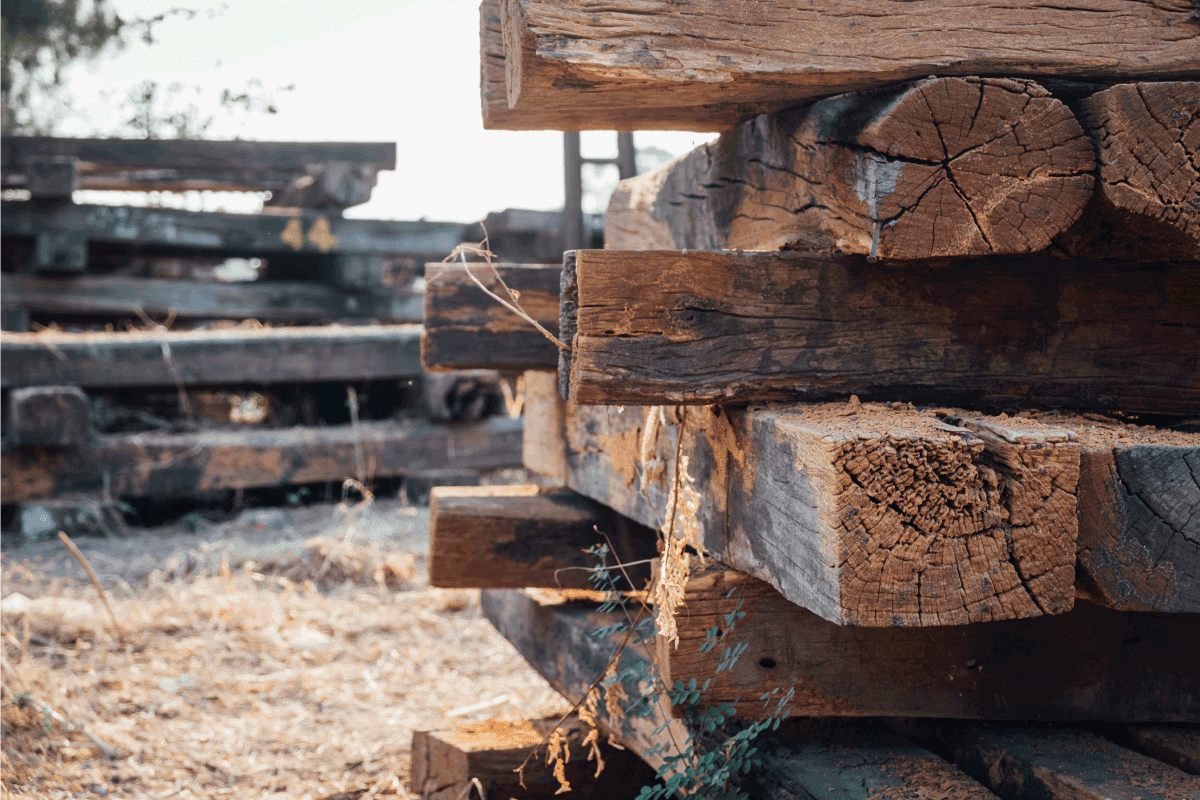
Conclusion
Creosote treated fence post is very important to prolong the lifespan of the timber fence post. It also gives your yard a sturdy and gorgeous look. We trust you are better informed to pick the best type of fencing for your yard with the information provided above.
If you enjoyed reading this post, check out other engaging articles about fencing:


